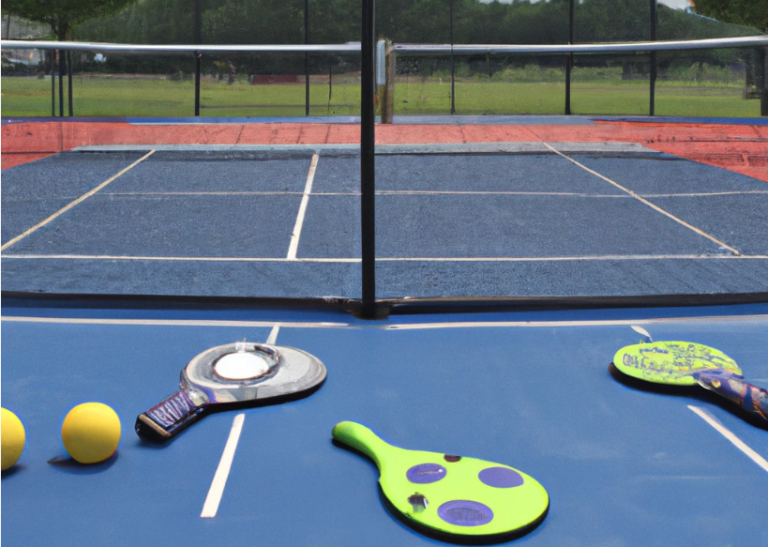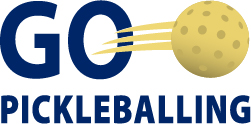Pickleball has gained immense popularity in recent years, attracting players of all skill levels. To ensure fair competition and track player progress, a ranking system is in place. This blog post will delve into the intricacies of the pickleball ranking system, exploring how it works for both amateur and professional players. Whether you’re a recreational player or aspire to compete at a higher level, understanding the ranking system is essential for setting goals and measuring your improvement in this exciting sport.

Amateur Pickleball Ranking System
For amateur pickleball players, the ranking system serves as a means to categorize skill levels, allowing fair matchups and enjoyable gameplay. Let’s take a closer look at how the amateur ranking system typically works:
-
Skill-Based Tiers: Amateur rankings are often divided into skill-based tiers, such as 2.0, 2.5, 3.0, and so on. Each tier represents a different skill level, with higher numbers indicating more advanced players. The exact criteria for each tier may vary slightly depending on the organization or governing body.
-
Self-Rating System: Many amateur players begin by self-rating themselves within the appropriate tier. This initial self-assessment helps them find suitable opponents and join tournaments or leagues. It is crucial to be honest and realistic when self-rating to maintain the integrity of the ranking system.
-
Tournament Results: As players participate in tournaments, their performance is taken into account when calculating their rankings. Wins, losses, and the skill level of opponents are all factors considered in the ranking algorithm. The more tournaments a player competes in, the more accurate their ranking becomes.
-
Skill Progression: The ranking system allows amateur players to gauge their skill progression over time. As players improve and consistently perform well against higher-ranked opponents, their ranking is adjusted accordingly. This encourages healthy competition and motivates players to push themselves to reach the next skill level.
Professional Pickleball Ranking System:
Pickleball’s growing popularity has led to the establishment of professional leagues and tournaments. Pro players operate within a more complex ranking system that reflects their commitment, skill, and performance. Here’s an overview of the professional ranking system:
-
Points-Based System: Professional pickleball players accumulate points based on their performances in sanctioned events. These points contribute to their overall ranking within the professional circuit. The number of points awarded depends on the significance of the tournament and the level of competition.
-
Association Memberships: To be eligible for professional rankings, players typically need to become members of a professional pickleball association or governing body. These associations organize events, establish ranking criteria, and provide a platform for professional players to compete against one another.
-
Tiered Rankings: Similar to amateur rankings, professional rankings often include tiered levels. However, in the professional circuit, the tiers are more nuanced and represent the hierarchy of competitive play. Examples of professional tiers may include the top 10, top 50, or top 100 players in the world, based on their accumulated points.
-
Tournament Selection: Professional players carefully select tournaments to participate in based on their rankings, points distribution, and level of competition. High-profile tournaments with more points at stake attract top-ranked players and provide opportunities for upward mobility in the rankings.
-
Dynamic Rankings: Professional rankings are more dynamic and subject to frequent changes. The results of recent tournaments have a significant impact on the rankings, and players’ positions can shift dramatically based on their performances. This constant movement in the rankings adds excitement and competitiveness to the professional pickleball scene.
Whether you’re an amateur pickleball player seeking fair competition or a professional athlete striving for the top spot, understanding the ranking system is vital.


